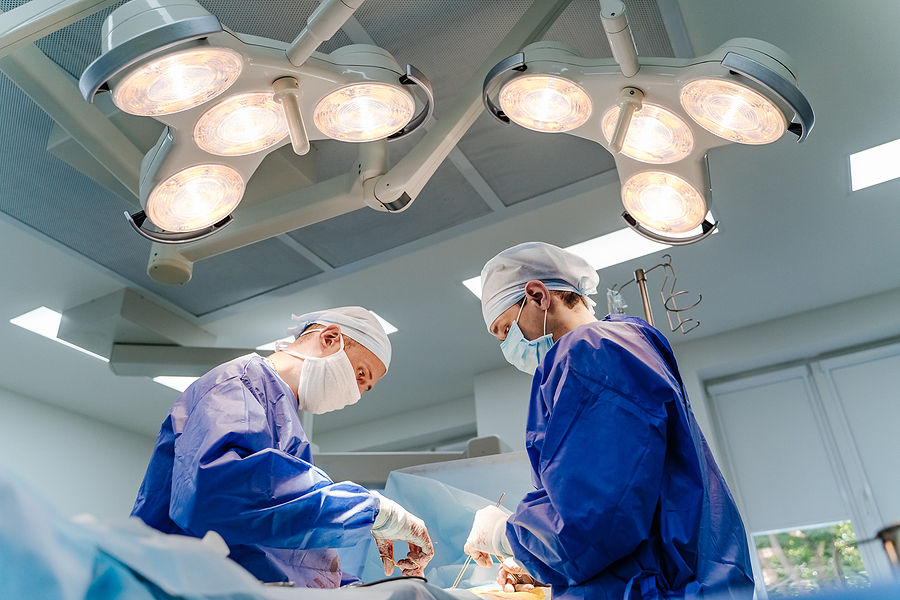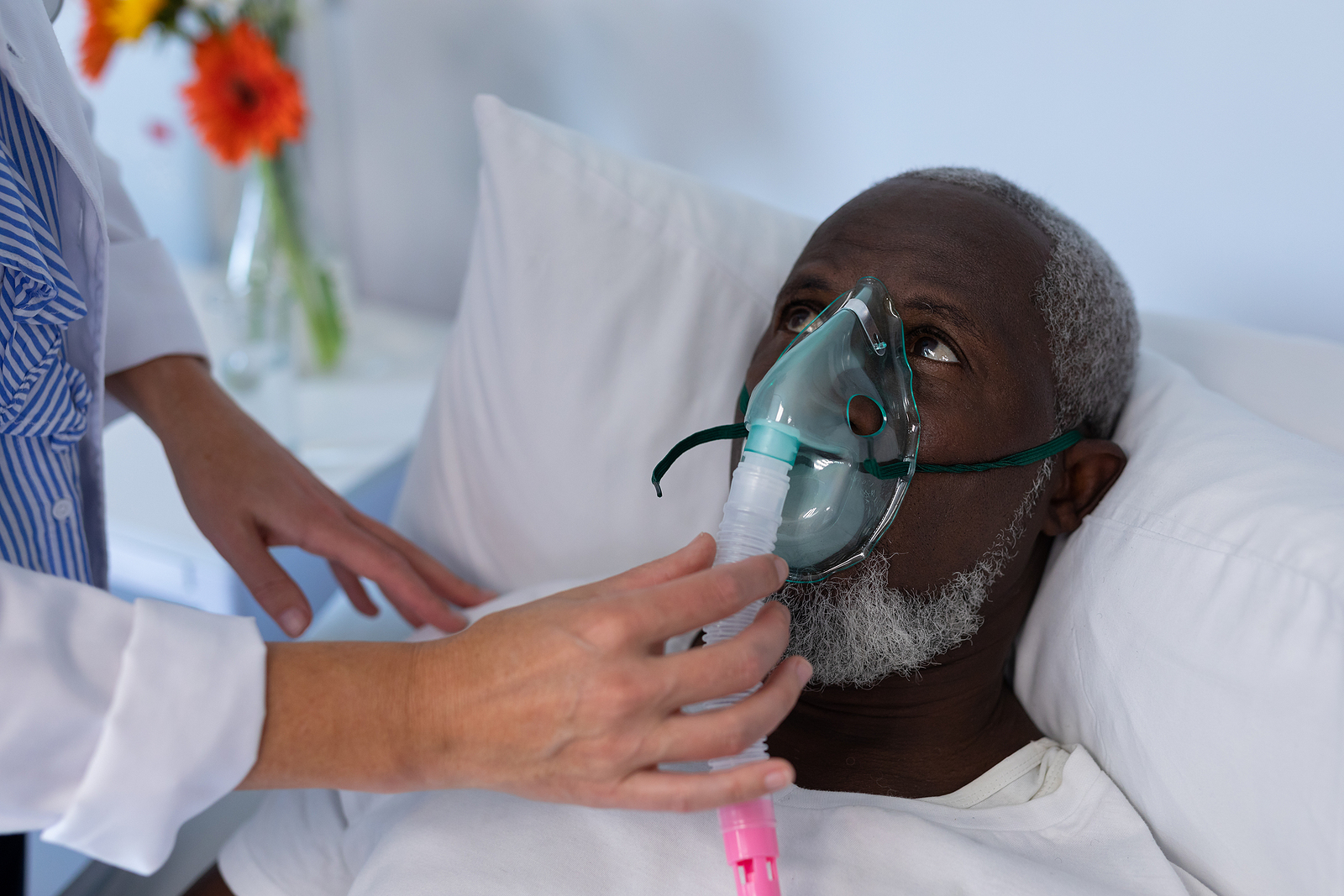Newsletter 2021
Newsletter January 2021: Editorial - The work volume-outcome relationship. Any place for us?
Gabriel M. Gurman, MD
Editor in Chief
I am aware of the fact that the discussion on this topic could open Pandora’s box and create a lot of disputes. But one cannot be afraid of sensitive, controversial, subjects. Our newsletter has always been eager to host different opinions and discuss problematic topics.
What is it about this time?
In the last three decades, the pertinent literature presented data about the good results regarding the patient outcome, when he/she was treated in a hospital with a high experience in a specific disease/surgical intervention.
A study published many years ago (1) examined mortality rates for 12 surgical procedures of varying complexity in 1498 American hospitals to determine whether there was a relationship between a hospital’s surgical volume and its surgical mortality. The mortality of open-heart surgery, vascular surgery, transurethral resection of the prostate, and coronary bypass decreased with the increasing number of operations.
The same conclusion was reached years later by Birkmeyer et al. (2): the magnitude of operative risk for patients undergoing cardiovascular or cancer procedures was lower when the procedure was performed in a high-volume hospital.
One can expect this state of affairs: the more experienced the hospital in offering specific medical care, the better the results that can be expected.
Later on, this conclusion was emphasized by new studies reporting the same results regarding the intensive care units (ICU) activity.
Peelen (3) presented data which showed that an increased workload in an ICU was accompanied by an improved outcome of patients.
Also, Kahn (4) reported the analysis of six similar studies, all showing “an impressive consistent effect: improvement in outcome with increasing workload”. The study’s explanation for this kind of results emphasized a better organisation, nurse education, teamwork and a high-level communication among the medical staff.
Stolker (5) analysed the same correlation and found out that “admission to an ICU with lower annual acute myocardial infarction volume is associated with a higher in-hospital mortality and longer hospitalisation”.
All the above studies implied the need for creating specialised centres and departments for treating specific diseases and/or performing specific surgical procedures in order to improve the patient outcome, as well as regionalisation for certain operations.
Those studies also noted the high professional quality of those medical institutions in which they found out a strong relationship between the high work volume and a better patient outcome.
But in the last years, the “tone of the music” changed.
Rather than explaining the better outcome as a result of highly organised medical institutions and the efficient teamwork, new studies tend to emphasize the role of individuals in obtaining good results.
For instance, Morche et al (6) reported in 2016 the existence of surgeon volume-outcome relationship, meaning the shorter length of stay in the hospital for various surgical procedures. Their study proposed a discussion about the “minimum thresholds of surgeries performed by single surgeons”. This paper discusses a series of no less than 21 other articles, from the years of 2004-2013, all studying the correlation between the surgeon workload and patient outcome. Fifteen out of the 21 analysed papers reported a positive effect of the surgeon experience (expressed by the amount of workload) on the results of surgery.
As far as I understood from searching the pertinent literature, there was no discussion about the impact of the anaesthesiologist’s experience and workload on the patient outcome.
So I decided to try to find any published studies in this area.
I found two.
Wilson et al (7) studied some 6000 patients who underwent orthopaedic procedures and analysed the correlation between the postoperative course and the anaesthesiologist’s experience. They reached the conclusion that anaesthesia provider volume and experience did not significantly impact the odds of adverse outcome. On the other side, higher surgeon volume was exclusively associated with decreased odds of prolonged length of stay following posterior lumbar fusion.
Last year Memtsoudis et al. (8) published a paper on the same subject. They retrospectively identified 40 437 patients who underwent total joint arthroplasties at a high-volume institution from 2005 to 2014. The main effects of interest were anaesthesiologist and surgeon volume and experience along with anaesthesia-care-team composition. The conclusion? “Anaesthesiologist volume and experience, and anaesthesia-care-team composition did not impact the odds of an adverse outcome, although a higher surgeon volume was associated with decreased odds of complications and prolonged length of stay”.
Here is the place to remind us that the literature is full of studies showing the benefit of one anaesthesia technique in comparison to another. The long list also includes one of the same author, Memtsoudis, published in the same journal (9), in which the authors reviewed 94 studies comparing neuraxial anaesthesia to general anaesthesia for total knee arthroplasty. They found out that primary neuraxial anaesthesia was preferred for that surgical procedure, because of some postoperative benefits.
In another paper, of Pugely et al (10) the study conclusion was: “Patients undergoing total knee arthroplasty who were managed with general anaesthesia had a small but significant increase in the risk of complications as compared with patients who were managed with spinal anaesthesia; the difference was greatest for patients with multiple comorbidities”.
In other words, one can easily reach the conclusion that in order to assure the success of a surgical intervention there is a need to take care of two factors: the surgeon experience and the anaesthesia technique. But the experience and expertise of the anaesthesiologist play no role!
It seems that the already published studies did not give any attention to the “simple” fact that the success of any anaesthesia technique depends, first of all on the ability, experience, skills and expertise of the anaesthesiologist, and every single technique must be taught and learned. Besides, the selection of the type of anaesthesia technique to be used for every patient is an intellectual process which demands experience and knowledge, too.
Last but not least, how can one ignore the fact that in every single hospital there are some anaesthesiologists involved mainly (or even only) in some specific surgical fields, such as paediatric surgery, cardiac surgery or neurosurgery? Needless to say, these physicians are experts in providing the best anaesthesia for each patient, and their knowledge, skills and experience in that specific domain is unique.
So, the question is how can we prove the need for the presence of an experienced, skilled anaesthesiologist for every single surgical procedure?
This can be a very difficult task.
Performing a study which would compare, for instance, the results of anaesthesia performed by, let say, a resident to that one performed by a specialist would be unacceptable and completely unethical.
I would like to leave this challenge open for our readers and members.
But we have to be aware of this new trend, which minimalises the impact of the anaesthesia provider on surgical patient outcome, and of the need to find the way to prove the contrary. We owe this to our speciality and to our colleagues.
It has to be part of our continuous efforts to improve the image of anaesthesiology in the eyes of public opinion, of our peers the surgeons, and in our own eyes.
References
- Luft HS et al. New Engl J Med 1979;301:1364
- Birkmeyer JD et al. New Engl J Med 2002;346:1128
- Peelen et al. Crit care 2007;11:R40
- Kahn JM et al. Crit Care 2007;11:129
- Stolker JM J Am Heart Assoc. 2015;4:e001225 doi: 10.1161/JAHA.114.001225
- Morche J, Mathes T, Pieper D. Systematic Reviews 2016;5:204
- Wilson LA et al. Eur Spine 2019;28:2112
- Memtsoudis SG et al. Brit J Anaesth 2019;123:679
- Memtsoudis SG et al. Brit J Anaesth 2019;123:269
- Pugely AJ et al. J Bone Joint Surg Am 2013;95:193
Read More of our Monthly newsletter.
Read More of our special newsletter covering our virtual congress.
Visit our COVID-19 Resource Hub for other news and resources.











